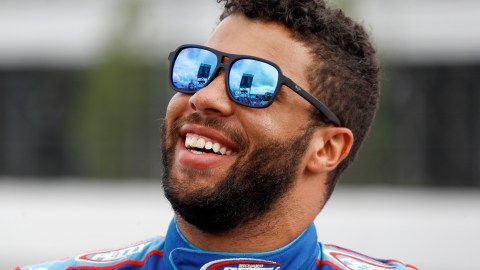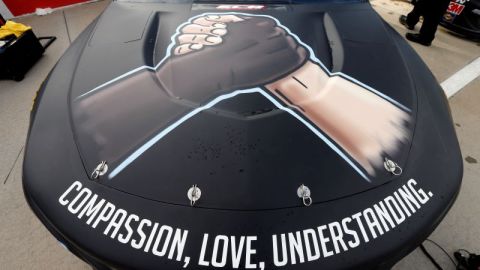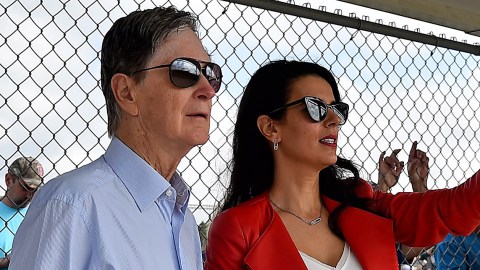 Be careful what you wish for, NCAA.
Be careful what you wish for, NCAA.
Ever since Adam Silver took over as NBA commissioner, his stated No. 1 goal — excepting a brief aside to ban Los Angeles Clippers owner Donald Sterling for life — has been to raise the league’s age minimum by one year. College basketball would be on board. Key coaches at both the college and professional levels are on board.
Most importantly, though, the NBA Development League would be on board, and that could spell long-term trouble for the NCAA.
For decades, major college sports have thrived as a de facto feeder system for the pros. It is a fairly recent development, happening within the last half-century, that pro football and basketball have surpassed their college brethren in national interest. But those sports, with their lucrative TV and sponsorship deals, exist in their current forms because of their unofficial relationships as minor leagues to the NFL and NBA.
So when Silver talks about requiring players to be 20 years old or two years out of high school to enter the NBA, the NCAA shouldn’t jump for glee at the prospect of getting the next Jabari Parker for an extra season. Instead, it had better closely monitor developments out of the D-League, a potential competitor lying in wait.
As scandals like the Derrick Rose-Memphis situation revealed, the so-called “one-and-done” rule presented some academic and compliance challenges for colleges. Whether it is tutors taking tests or players skipping class toward the end of their spring semesters, once the danger of having their right to play basketball taken away vanishes, there are all-too-easy ways for top players and programs to circumvent NCAA requirements. Colleges figured out how to do it with one-and-doners. They will figure out how to do it with two-and-doners, too.
But it will be more difficult. Despite the stereotype of athletes never attending class, major-conference programs often put their players through a grueling offseason academic regimen to keep them ahead of NCAA benchmarks to focus on sports in-season. The classes might not be Advanced Statistics and Ancient Eastern Philosophy, but it’s still class. Not only do a lot of 19-year-olds really dislike school work, but the ones with NBA aspirations likely won’t be keen on the time it takes away from them developing their basketball skills.
Thus, the D-League offers an opportunity to the NBA and a potential danger to the NCAA. If the NBA were to become serious about making the D-League into a full-fledged minor league, college basketball’s days as a major enterprise could be numbered. Perhaps teams would be allowed to draft players out of high school, the way Major League Baseball allows, and stash them in Reno, Nev., or Erie, Pa., for two years. Perhaps the league adds rounds to its draft to stock the expanded minor league system, adding 30 to 60 more players an enticement to go pro.
Could these things happen without raising the age minimum? Certainly. But the age minimum would help the NBA’s case to young recruits. Does an 18-year-old blue-chipper want to spend two years going through the motions as a college student, earning nothing more than tuition and books, or does he want to get paid in the low six figures immediately, possibly sign a lucrative shoe contract and not need to spend hours a day in a classroom?
For now, the NBA and NCAA say they are partners. Silver claims the two-year rule is for the incoming players’ own good, not as a shot across the bow at the college game. Yet the impact could be far-reaching for the way pro prospects are recruited, evaluated and marketed. For the NCAA, one plus one could eventually equal zero.



